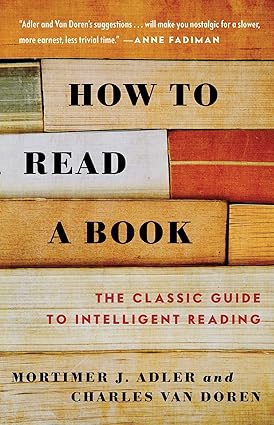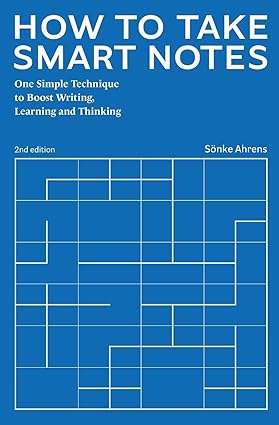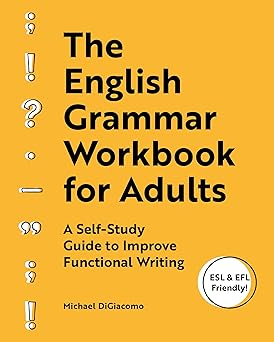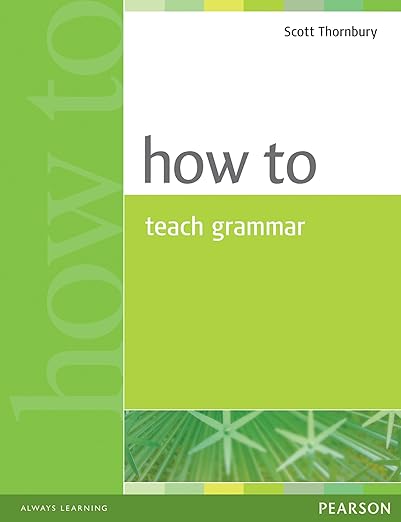Published in 1972, How to Read a Book: The Classic Guide to Intelligent Reading by Mortimer J. Adler and Charles Van Doren remains a seminal text for anyone interested in deepening their understanding of reading as an intellectual discipline. The book, originally written by Adler in 1940 and revised in collaboration with Van Doren in the 1970s, transcends its time by offering timeless advice for readers seeking to improve comprehension, critical thinking, and the art of learning through reading.
Overview
The book is structured around the idea that not all reading is created equal. Adler and Van Doren categorize reading into four levels:
- Elementary Reading – Basic literacy: recognizing words and understanding sentences.
- Inspectional Reading – Skimming or pre-reading to get a general idea of the content.
- Analytical Reading – Deep, methodical reading that involves critical thinking.
- Syntopical Reading – Comparative reading of multiple texts to gain a broader understanding of a subject.
These levels build upon each other and are intended to help readers move from passive absorption of information to active engagement with complex texts.
Pros
1. A Systematic Approach to Reading
The most significant strength of this book is its structured method. Adler and Van Doren don’t just say “read more”—they teach how to read better. Their framework for understanding texts offers readers a roadmap for progressing from surface-level understanding to profound comprehension. This is particularly valuable for students, academics, and lifelong learners.
2. Encourages Intellectual Discipline
The book emphasizes that reading is an active process. It involves asking questions of the text, making judgments, and comparing arguments. This encouragement of intellectual rigor is something sorely lacking in today’s fast-consumption digital culture. The authors promote reading not as entertainment (though it can be that) but as a means of personal and intellectual growth.
3. Useful for All Genres
Though the book primarily targets non-fiction and philosophical texts, the techniques it describes can be applied across disciplines. Whether one is reading scientific articles, historical narratives, or literary works, the foundational principles—asking questions, identifying arguments, understanding structure—are universally applicable.
4. Clear Definitions and Classifications
Adler and Van Doren classify books and outline specific techniques for different types of reading material. They distinguish between practical and theoretical books, expository versus imaginative works, and so on. This clarity helps readers approach each genre or subject with a more informed strategy.
5. Syntopical Reading: A Rare and Valuable Skill
Perhaps the most enlightening section is the one on syntopical reading, which deals with the comparative study of multiple texts. This level of reading, where a reader constructs a personal understanding by synthesizing various perspectives, is incredibly useful for research and advanced learning.
Cons
1. Dated Language and Examples
While the core ideas remain relevant, the language can feel formal or outdated. References to classical education and 20th-century intellectual culture might not resonate with today’s average reader. Younger audiences or casual readers might find the tone dry or overly academic.
2. Somewhat Elitist Tone
The book assumes a level of seriousness and commitment that may not appeal to casual readers. The authors occasionally take a somewhat condescending tone, implying that most people read poorly and without discipline. This might discourage readers who are not academically inclined or who read primarily for pleasure.
3. Heavy on Theory, Light on Practice
Though the book provides a wealth of conceptual tools, readers looking for more practical, step-by-step instructions may find it lacking. There are few exercises, real-world examples, or guided applications of the reading techniques. Readers might benefit from a companion workbook or modern guide to help apply the principles.
4. Bias Toward Western Canon
Adler and Van Doren’s literary and philosophical examples draw heavily from the Western tradition—Plato, Aristotle, Shakespeare, Darwin, and so on. While these are undoubtedly valuable sources, the absence of non-Western texts or perspectives might limit the book’s universality.
5. Slow Start
The beginning of the book, particularly the early chapters on elementary reading, might be redundant for educated adults. These sections can feel like filler before the more engaging middle and later chapters. Some readers might be tempted to give up before reaching the more rewarding sections.
Final Thoughts
How to Read a Book is more than just a reading guide; it’s a philosophical treatise on the nature of learning, understanding, and human development. It challenges readers not only to read more, but to think more deeply and rigorously. The book is best suited for students, scholars, teachers, and anyone with a sincere interest in reading as a form of self-improvement.
While it has its drawbacks—particularly in tone and accessibility—it remains a valuable resource for anyone seeking to elevate their intellectual engagement with books. In an age of rapid information consumption and short attention spans, Adler and Van Doren’s call for reflective, disciplined reading is both refreshing and urgently needed.
Verdict
Rating: 4.5 out of 5
Recommended For: Learners, educators, researchers, and curious minds who want to get more from what they read.
Not Recommended For: Casual readers seeking entertainment, or those looking for a quick, light read.
If you are interested, you can purchase it on Amazon.




